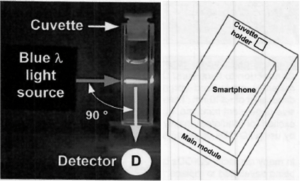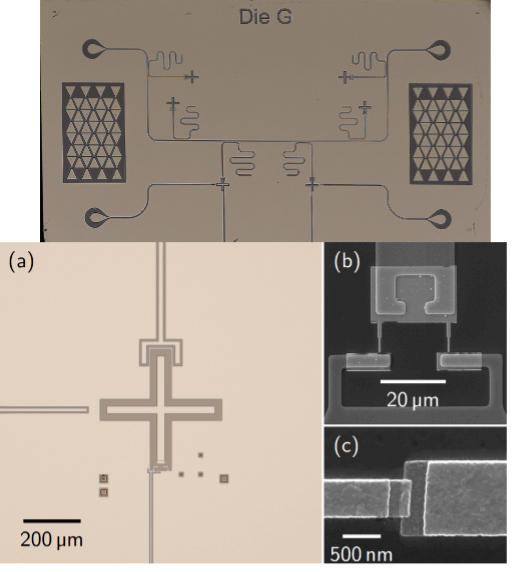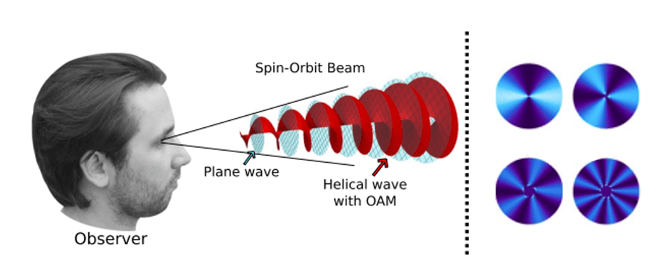Summary
Detecting heavy metals in water is essential to ensure clean drinking water and appropriate regulatory decisions following an accident (e.g., a spill) or an emergency. Traditionally, high-sensitivity detection of heavy metals requires bulky and costly (to purchase and operate) lab-based instruments. We propose developing a palm-sized, element-specific, highly-sensitive, battery-operated, smartphone-controlled system for on-site measurement to provide timely heavy metal concentration information. Two-dimensional quantum dots (2D-QDs) will be modified by adding molecular components specific to a heavy metal of interest; the interaction between the heavy metal and the chosen molecular component will result in visible fluorescence that can be measured. A high-sensitivity instrument will be developed around a battery-operated, portable microplasma, which will serve as a light source, and a battery-operated photo-detector. For measurement, modified 2D-QDs will be added to a contaminated water sample inside a cuvette placed in the instrument. When excited by the light emitted by the microplasma, the resultant fluorescence will indicate the presence and concentration of heavy metals in the water sample. Further, data acquisition electronics will be embedded in the instrument and a smartphone can be used to receive the digital data wirelessly. The development of this sensor can significantly improve the monitoring of heavy metals in waters in Canada and worldwide.

Figure 1. (Left) A concept diagram of the proposed instrumentation consisting of the light source, a cuvette with a water sample and a detector. (Right) The proposed fluorescence-measurement system will be palm-sized, battery operated and controlled by a smartphone.
Related Content

Building Blocks for Quantum Neuromorphic Computing: Superconducting Quantum Memcapacitors
Quantum neuromorphic computing (QNC) is a novel method that combines quantum computing with brain-inspired neuromorphic computing. Neuromorphic computing performs computations using a complex ensemble of artificial neurons and synapses (i.e., electrical circuits) to emulate the human brain. QNC may lead to a quantum advantage by realizing these components with quantum memory elements, or memelements, which […]
June 12, 2023

Structured Light Applications in Vision Science
Eye diseases such as macular degeneration can have a devastating impact on quality of life. Early detection and treatment are thus crucial for preventing irreversible vision loss. A previous study found that the human eye can detect differences in ‘structured’ light beams. Such light beams are composed of a coherent superposition of differently polarized planar […]
April 24, 2023

Silicon Platform for Electron Spin Qubits
Summary Scaling solid-state quantum processors to a useful threshold while maintaining the requisite precision in quantum control remains a challenge. We propose a quantum metal-oxide-semiconductor (QMOS) architecture operating at cryogenic temperatures that is based on a network/node approach as a means to scalability. By working with QMOS, we benefit from the deep investments and […]
December 7, 2018

Applications of Neutron Interferometry and Structured Neutron Beams
Summary Neutrons are a powerful probe of matter and physics due to their Angstrom size wavelengths, electric neutrality and relatively large mass. In this project, we develop quantum sensors that exploit these attributes to increases the precision of measurements of fundamental forces and materials structure. With David Cory, Alexander Cronin of the University of Arizona, […]
July 31, 2018

